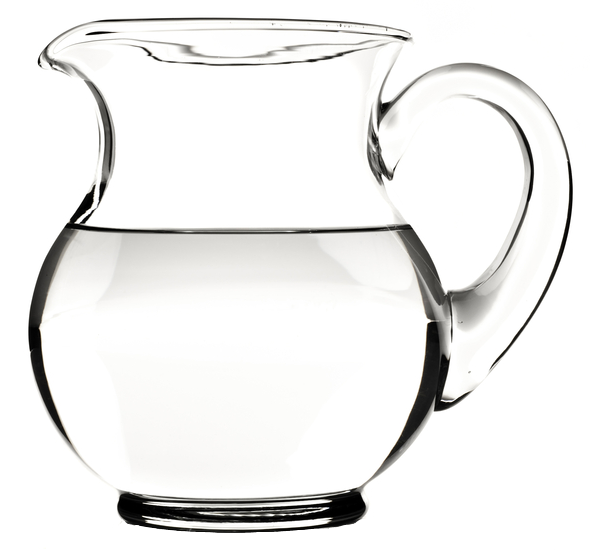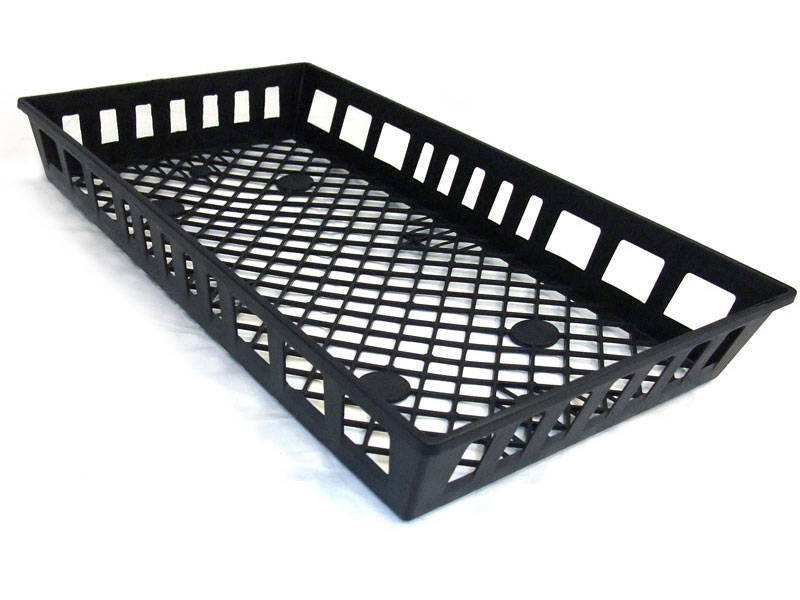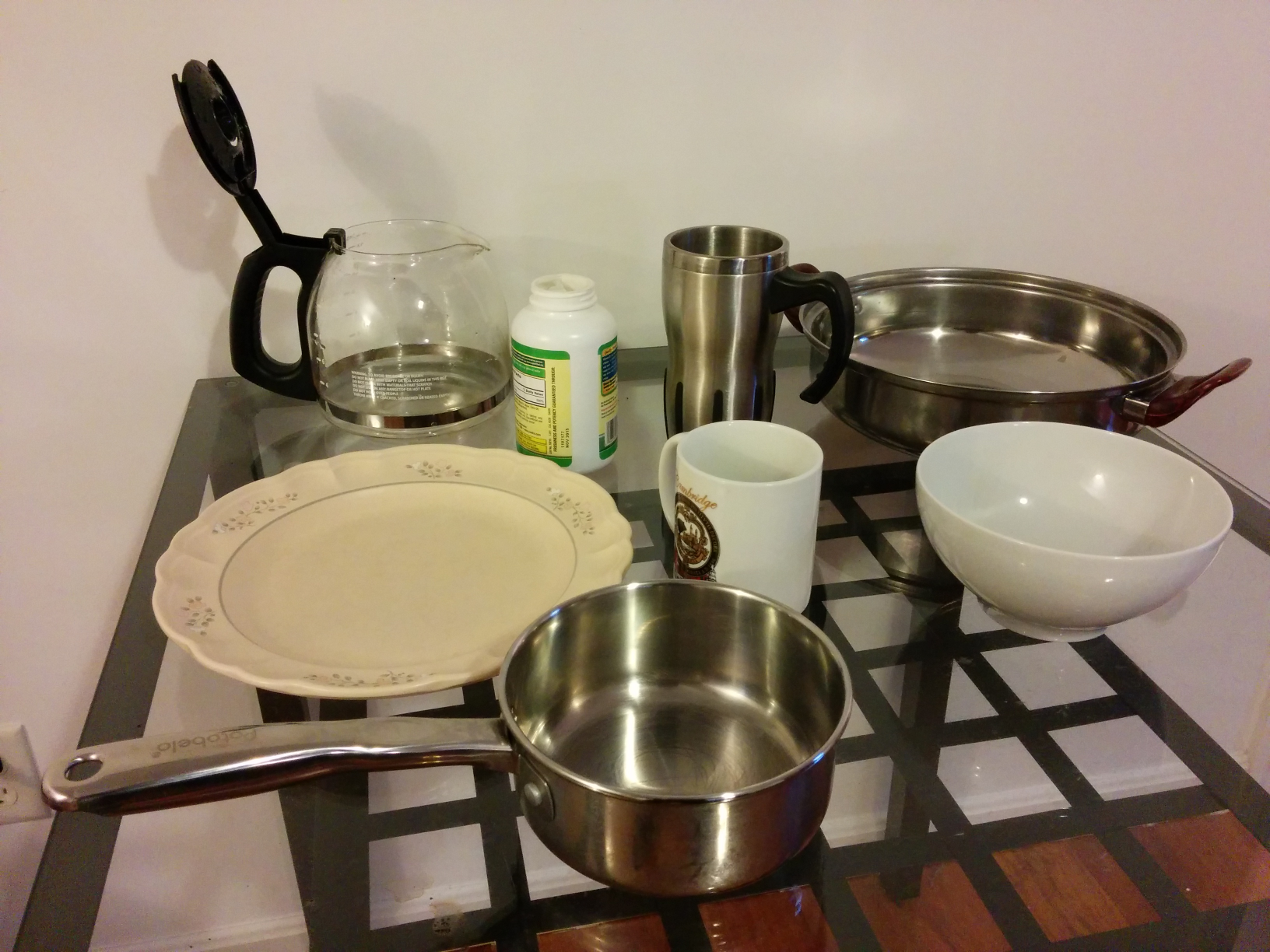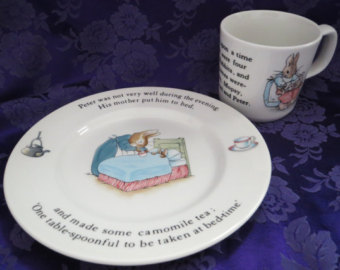 hide forever |
hide once
hide forever |
hide once
Fill and Transfer: A Simple Physics-based Approach for Containability Reasoning
Lap-Fai Yu |
Noah Duncan |
Sai-Kit Yeung |
 |
 |
 |
 |
(a) Which direction shall we tilt the
pitcher to pour the water out? |
(b) Shall we use this container to
hold water? |
(c) Which object is a good liquid container?
|
(d) Shall we use a plate or a cup to carry
water? |
Abstract The visual perception of object affordances has emerged as a useful ingredient for building powerful computer vision and robotic applications [30]. In this paper we introduce a novel approach to reason about liquid containability - the affordance of containing liquid. Our approach analyzes container objects based on two simple physical processes: the Fill and Transfer of liquid. First, it reasons about whether a given 3D object is a liquid container and its best filling direction. Second, it proposes directions to transfer its contained liquid to the outside while avoiding spillage. We compare our simplified model with a common fluid dynamics simulation and demonstrate that our algorithm makes human-like choices about the best directions to fill containers and transfer liquid from them. We apply our approach to reason about the containability of several real-world objects acquired using a consumer-grade depth camera.
Keywords: functionality, physics-based reasoning, affordance, vision for graphics, robotics
Fill and Transfer: A Simple Physics-based Approach for Containability Reasoning
Lap-Fai Yu,
Noah Duncan,
Sai-Kit Yeung
IEEE International Conference on Computer Vision (ICCV), 2015
Paper,
Video, Supplementary Material
@article{containability,
author = {Lap-Fai Yu and Noah Duncan and Sai-Kit Yeung},
title =
{Fill and Transfer: A Simple Physics-based Approach for Containability Reasoning},
booktitle = {IEEE International Conference on Computer Vision (ICCV)},
year = {2015}
}
 |
 |